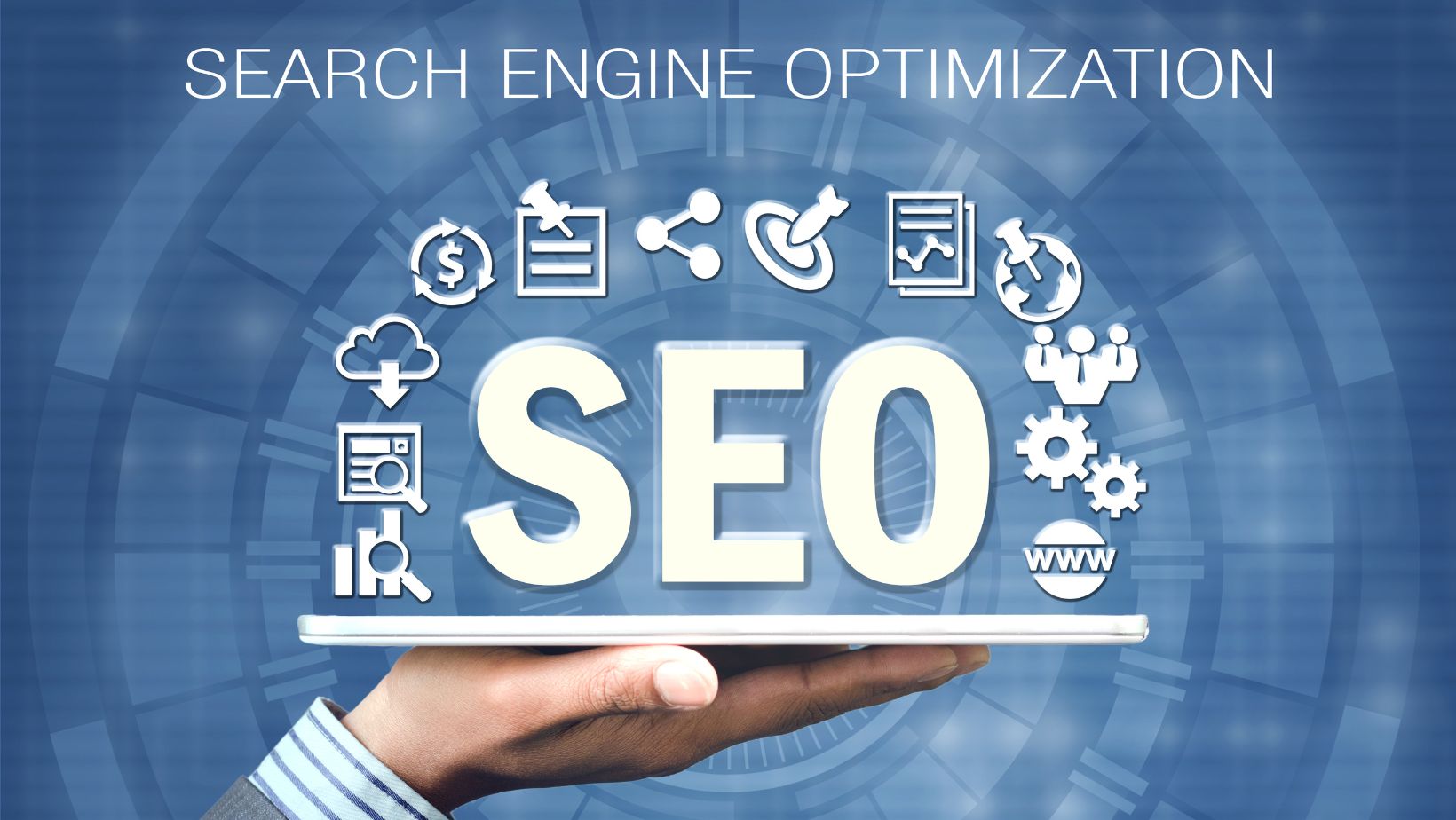We’ve all been there—poured hours of work into your website, posted your content, and… crickets. No traffic, no clicks, no conversions. It’s frustrating, right? But what if I told you there might be a few simple SEO mistakes holding you back from the success you deserve? Don’t worry, you’re not alone. A lot of websites make these common mistakes, but the good news is: they’re all fixable. So, if you’re ready to finally boost that traffic and improve your rankings, let’s dive into seven of the most common SEO mistakes people make—and how you can fix them right now.
1. Ignoring Mobile Optimization
In today’s world, we spend more time on our phones than on our desktops. Seriously, check your screen time stats—you might be surprised. With mobile traffic consistently on the rise, Google now prioritizes mobile-first indexing. This means Google evaluates your mobile site before your desktop version when deciding your search rankings.
But here’s the kicker: if your site isn’t mobile-friendly, you’re losing potential customers and ranking opportunities. How’s that for a wake-up call?
How to Fix It:
- Responsive design: Make sure your website automatically adjusts to fit screens of all sizes, from phones to tablets to desktops.
- Faster load times: Mobile users are impatient. A slow-loading site on a phone? Forget about it. Compress your images and streamline your content to boost loading speed.
- Mobile-friendly navigation: Make it easy for mobile users to navigate. Big buttons, clear text, and no tiny links. They need to find what they’re looking for quickly and effortlessly.
Test your site with tools like Google’s Mobile-Friendly Test. If it doesn’t pass, it’s time to make some changes.
2. Overlooking Page Speed
Did you know that 53% of mobile users will leave a website if it takes more than 3 seconds to load? That’s right. Three seconds. Slow page speed can kill your rankings and drive users away before they even see your content. If your site is dragging, you need to address it—fast.
How to Fix It:
- Compress your images: Large image files are one of the biggest culprits of slow page speeds. Use tools like TinyPNG to reduce file sizes without sacrificing quality.
- Improve server response time: The faster your server responds, the quicker your page loads. A good hosting provider can make a big difference here.
- Use caching: Caching stores data temporarily to speed up repeat visits. If you’re not using it yet, set it up on your site.
Test your page speed with tools like GTMetrix or Google PageSpeed Insights, and see what improvements you can make.
3. Focusing Too Much on Keywords
Let’s get one thing straight: keywords are important, but they’re not everything. If you’re stuffing your content with keywords in a desperate attempt to rank, you’re actually doing more harm than good. Google’s algorithms are smarter than ever—they can spot keyword stuffing from a mile away. And guess what? It’s a quick way to get penalized.

How to Fix It:
Instead of obsessing over keyword density, focus on keyword intent. Understand what your audience is searching for and create content that answers their questions. Incorporate your keywords naturally into your content, titles, and headers, but don’t force it.
And hey, don’t forget about LSI (Latent Semantic Indexing) keywords—those related terms that Google uses to understand the context of your content. Using them will help your content appear more relevant to both users and search engines.
4. Not Using Enough Internal Linking
Think of internal links as bridges between the different parts of your website. They help users navigate your site, but more importantly, they help search engines crawl and index your pages. Without enough internal links, search engines might have trouble understanding the full structure of your site. And guess what? You might not get credit for all your hard work.
How to Fix It:
- Link relevant content: As you write new blog posts or pages, link back to older content that’s related. This makes it easier for users to find other helpful content on your site and keeps them engaged longer.
- Use descriptive anchor text: Instead of generic phrases like “click here,” use descriptive text that gives users (and search engines) a clear idea of what they’re about to read.
Internal links don’t just help with SEO—they also encourage visitors to stay longer on your site, which can lead to higher conversions.
5. Forgetting to Optimize Meta Tags (Title & Description)
How many times have you clicked on a search result and been underwhelmed by the title or description? A boring, generic meta title and description won’t get you very far in the search rankings. It’s your chance to hook the user before they even click—and if it’s not compelling, you’ll miss out.
How to Fix It:
- Write irresistible titles: Keep your titles under 60 characters and make them enticing. Include your primary keyword naturally, but focus on making it something that grabs attention.
- Craft compelling meta descriptions: Descriptions should be no longer than 160 characters and clearly describe what the page is about. This is your pitch to users, so make it count.
Think of the meta tags as your website’s first impression. Make sure it’s one that stands out.
6. Not Updating or Refreshing Old Content
Here’s a little secret: Your old content still has potential. When you first published it, it was probably awesome. But over time, information changes, competition grows, and Google’s algorithms evolve. If you’re not revisiting your older posts and updating them, you could be missing out on some serious ranking potential.
How to Fix It:
- Update facts and statistics: Add the latest data to keep your content relevant
- Refresh old blog posts: Go through your old blog posts and update them with new information, better visuals, and improved SEO practices.
- Re-optimize: Look at old posts with fresh eyes. Are there any opportunities for improved keyword optimization, internal linking, or title changes?
Updating old content not only gives it a new life but also shows Google that your website is fresh and relevant.
7. Failing to Track and Analyze SEO Performance
You can’t improve what you don’t measure. If you’re not keeping an eye on your SEO performance, how do you know if your efforts are actually paying off? Whether you’re seeing more traffic or not, tracking your SEO metrics will help you identify what’s working and what needs adjustment.
This is where a solid strategy for on-page and off-page SEO comes into play. On-page refers to the elements you can control directly on your site (like content and structure), while off-page involves external factors like backlinks and social media mentions. Both are crucial, and tracking your performance across both areas will give you a full picture of your SEO health.

How to Fix It:
- Use Google Analytics: Set up Google Analytics to track traffic, bounce rates, and user behavior. It’s the ultimate tool to understand how people interact with your site
- Monitor Google Search Console: This tool shows you how Google views your site, including any crawl errors or penalties. It’s crucial for spotting issues before they get out of hand.
- Check rankings regularly: Tools like SEMrush or Ahrefs can help you track keyword rankings and spot potential opportunities for improvement.
Tracking your SEO performance allows you to make informed decisions and keep improving over time.
Conclusion
SEO isn’t a one-and-done task. It’s an ongoing effort that requires attention, strategy, and continuous learning. If you’re guilty of making any of these common SEO mistakes, don’t sweat it. Now that you know what to fix, you’re on your way to improving your rankings and boosting that traffic.
Remember, SEO isn’t about perfection—it’s about making progress. So, start addressing these mistakes one by one, and watch your site’s performance improve. It might take some time, but trust me, the results will be worth it. Ready to see your website thrive? Let’s get started today.



